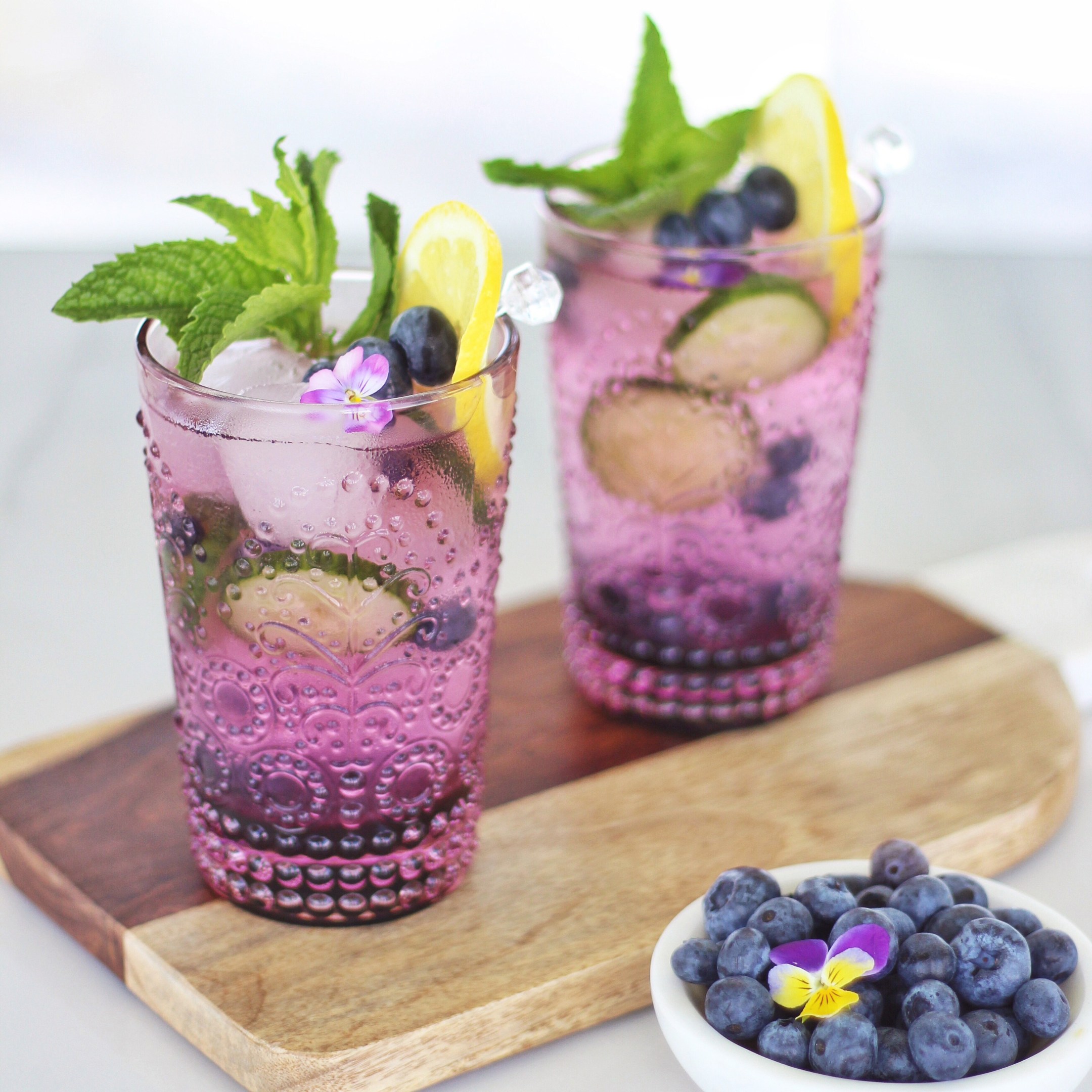The Hidden Sugars In Our Foods
How much do you really know about the hidden sugars in your food? Could these sugars be causing damage without you even realising it? We take a closer look.

If you’ve watched That Sugar Film by Australian actor and director Damon Gameau, the hidden sugars in foods – and the dramatic impact they could have on your health – should come as no surprise. If you haven’t seen the documentary yet, it certainly is worth adding to your watch list.
In the movie, the Australian famously sets himself the goal of consuming 40 teaspoons of sugar a day by only eating products that many perceive to be “healthy” – cereal, low-fat yoghurt, fruit juice and the like.
Within just 12 days of following the diet, Damon puts on 3kg. After just 18 days, he develops nonalcoholic fatty liver disease – a condition where fat droplets build up in the liver cells, producing inflammation, scarring and, if left unchecked, life-threatening liver damage.
By the end of the 60-day trial, Damon gains 8.5kg, develops prediabetes and heart-disease risks, and has an extra 10cm of dangerous belly fat. He also feels grumpier and his mind is foggier than ever before.
Damon’s conclusion? The hidden sugars that lurk on supermarket shelves are downright harmful to your health.
South Africans on a dangerous course
Closer to home, South Africans consume between 12 and 24 teaspoons of sugar per day – 4 to 8 of which come from sugar-sweetened beverages. The World Health Organization (WHO) recommends having no more than 12 teaspoons of sugar (50g) per day, and to aim for half this amount (i.e. 6 teaspoons max).
The average amount of sugar in a 330ml carbonated beverage is equal to 8 teaspoons, and juices are no healthier: a single 330ml fruit juice contains 9 teaspoons of sugar. Drink one juice or cola and you’re already at the recommended sugar limit for the day. Add a sugar-sweetened yoghurt and half a cup of sugar-containing cereal to the mix, and you’re in risky territory.
Scientists know for a fact that a high-sugar diet is unhealthy. “There’s no doubt that sugar is today's number-one dietary demon,” says Associate Professor Tim Crowe from Deakin University in Australia. “While nutrition scientists debate the harms or otherwise of saturated fat, sugar is the one food we unite over – we all agree we eat too much of it and that it’s not good for us.”
How sugar hurts us
One example of how sugar harms the body comes from a recently completed 15-year study published in the medical journal JAMA Internal Medicine. Participants whose daily kilojoule intake was 25% or more sugar were more than twice as likely to die from heart disease as those whose diets included less than 10% added sugar.
There are two other reasons why nutritionists frown on added sugar: one is its well-known links to weight gain and cavities, an article published by Harvard Health Publishing notes. The other is that sugar delivers “empty kilojoules” – kilojoules that aren’t accompanied by fibre, vitamins, minerals and other health-boosting nutrients. Too much added sugar in your diet could mean that you’re eating fewer healthy foods.
While sugar-sweetened beverages are a major source of sugar in our diets, other key sources include
cookies, cakes, pastries, ice cream, chocolates, and sweets.
But while many of us are aware of the fact that sugary confections should be seen as treats, only to be enjoyed every so often, we don’t necessarily realise how much hidden sugars there are in, for example, pasta sauces, granola bars, instant oatmeal, salad dressing, coleslaw and tomato sauce.
Look out for the hidden sugars
Reading food labels remains one of the best ways to manage your sugar intake. Another is, of course, avoiding adding sugar, honey, molasses and syrup to your drinks and meals. Note that on food labels, total sugar is often listed in grams per serving and grams per 100g.
Reading food labels remains one of the best ways to manage your sugar intake.
While 5g of sugar per serving may not seem like much, many of us don’t stick to the suggested serving
sizes. Add an extra spoon of pasta sauce to your spaghetti and you could quickly reach your sugar limit for the day.
Here are a few more tips to lower your sugar intake:
Compare products in the supermarket and choose the ones with the lowest amount of added sugars.
Limit the amount of processed foods in your diet. Go for whole foods (e.g. fresh fruit and vegetables) instead.
Steer clear of sugar-sweetened beverages. Drink water and unsweetened tea or coffee instead.
Replace the sugar in baked products and home-cooked meals with a natural sugar replacement.
Related articles
The Hidden Sugars In Our Foods
How much do you really know about the hidden sugars in your food? Could these sugars be ca...